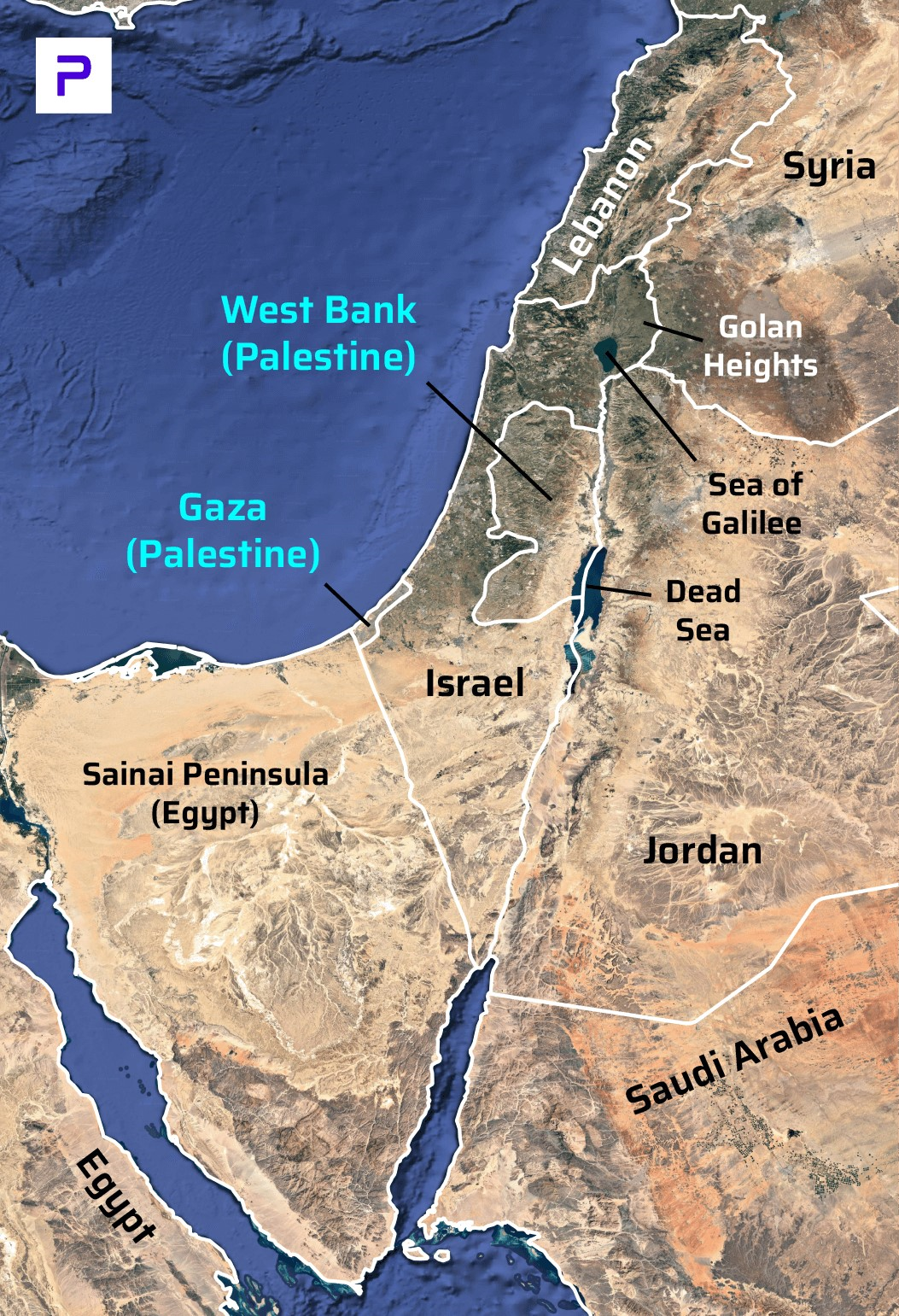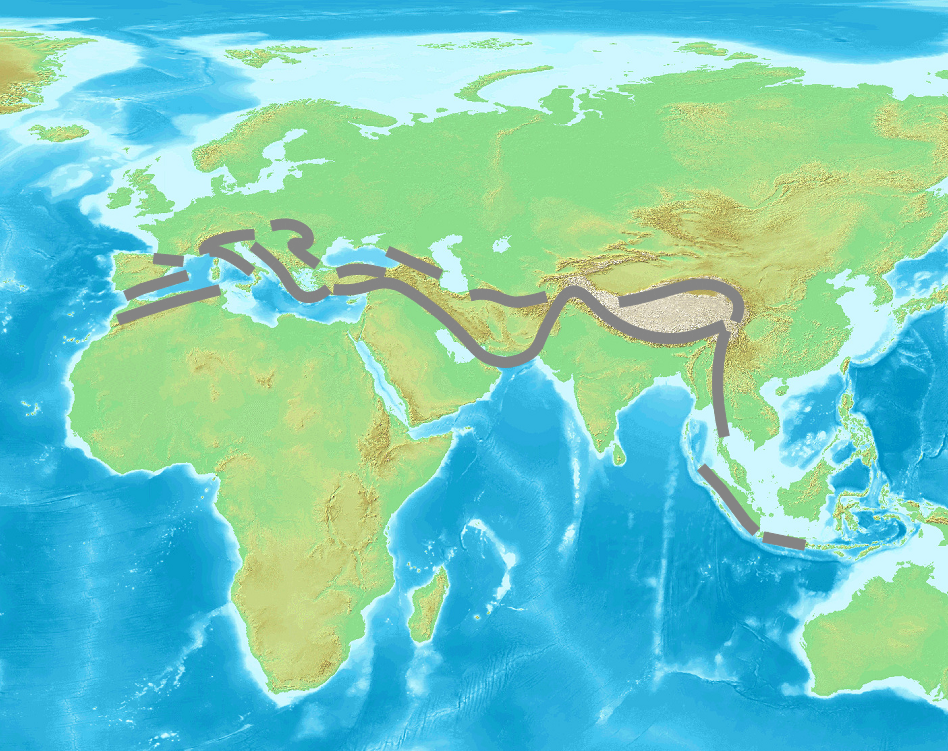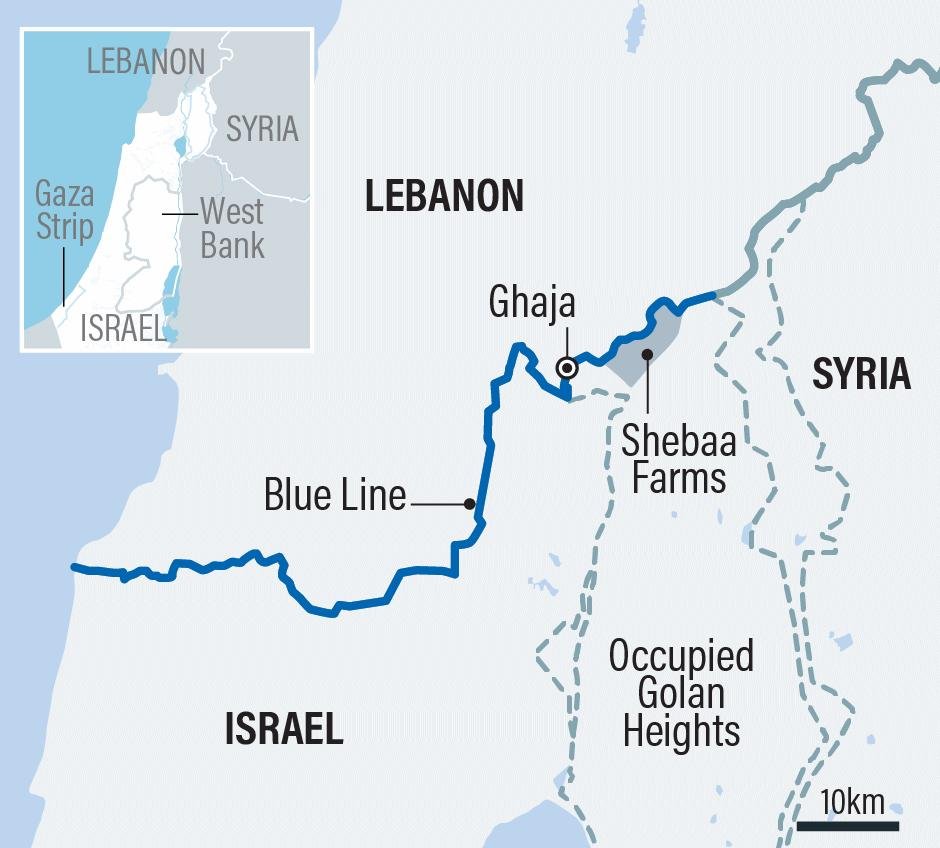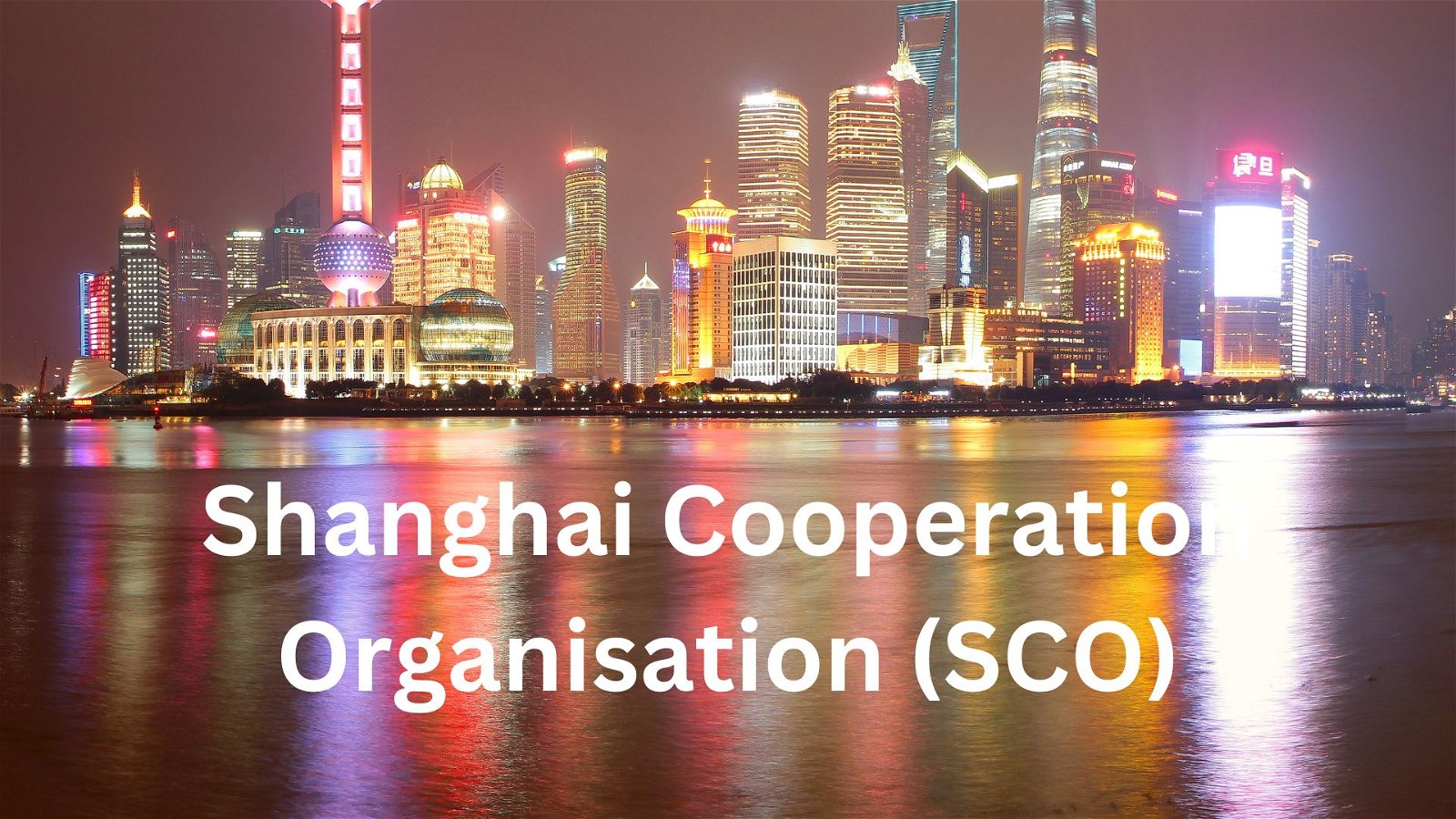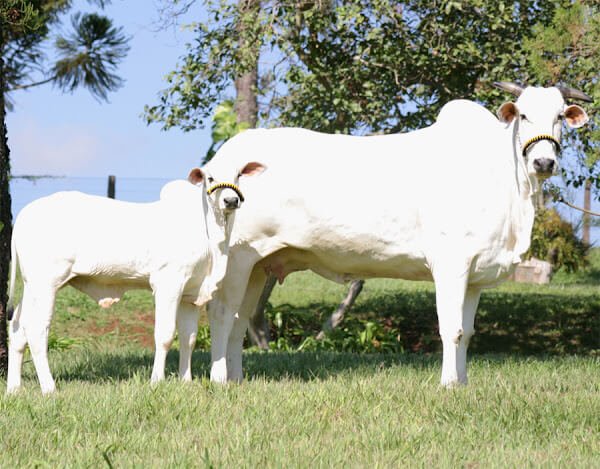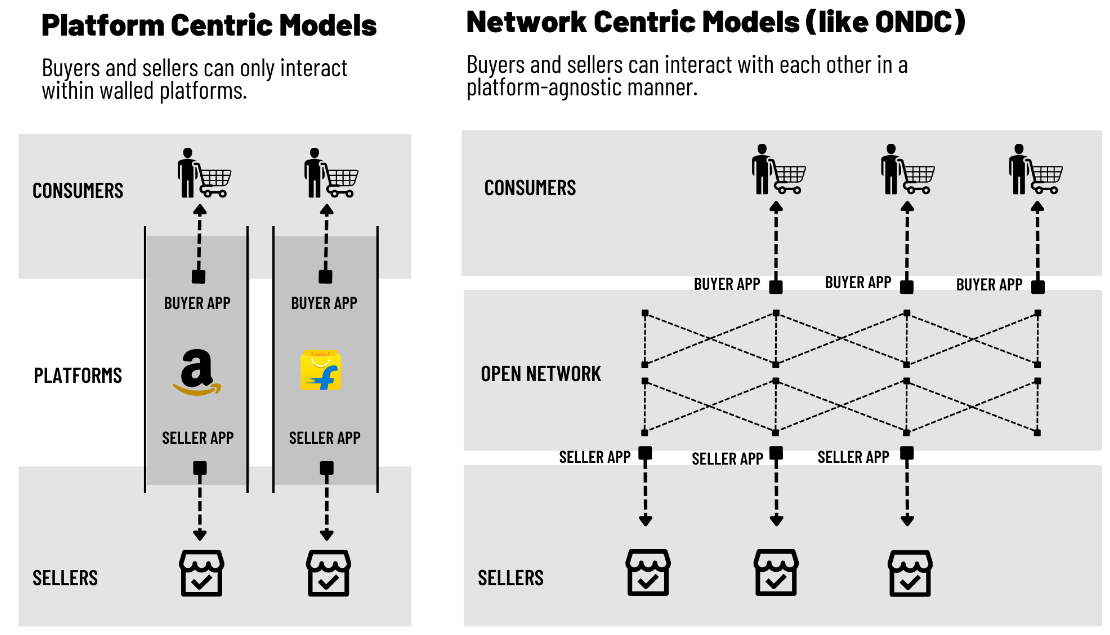
Current Affairs February 06, 2024: Forest Fires, Protecting the Mangroves, Women in MSMEs, Strategic Disinvestment, Input Service Distributor Mechanism, Aldabra Giant Tortoises, Candida Auris
Subscribers of "Current Affairs" course can Download Daily Current Affairs in PDF/DOC
Subscribe to Never Miss an Important Update! Assured Discounts on New Products!
Must Join PMF IAS Telegram Channel & PMF IAS History Telegram Channel
{GS3 – Envi – Conservation} Protecting the Mangroves
- Context (PIB): Measures taken by the GoI to protect and enhance mangrove forests in coastal States/Union Territories.
- Promotional measures
- Conservation and Management of Mangroves and Coral Reefs (a Central Sector Scheme) under the National Coastal Mission Programme of the MoEFCC was implemented.
- Regulatory measures
- The Coastal Regulation Zone (CRZ) Notification (2019) under the Environment (Protection) Act, 1986.
- The Wildlife (Protection) Act, 1972.
- The Indian Forest Act, 1927.
- The Biological Diversity Act, 2002.
- Union Budget 2023-24:
- Mangrove Initiative for Shoreline Habitats & Tangible Incomes (MISHTI) is to promote and conserve mangroves as a unique, natural ecosystem.
Other Initiatives
|
National Coastal Mission
|
{GS3 – Envi – Degradation} Forest Fires
- Context (DTE | HT | TOI): A state of emergency has been declared in Chile, with many having died due to wildfires along the coastal towns of the country.
Forest Fires
- Forest fires or wildfires are spontaneously occurring forest, bush and plain fires and can occasionally be controlled.
- Over 6.6 million hectares of tree cover was lost to forest fires in 2022.
Types of Wildfires

Causes of Forest Fires
Natural Causes
- Thunderstorms and lightening: Lightning-caused forest fires are caused by thunderstorms where the lightning strikes combustible materials on ground under conditions that support combustion.
- In Canada’s British Columbia province, lightening has been the cause of 60% of regions wildfires.
- Climate change impacts: Hotter temperatures dry out the landscape creating a perfect environment for larger, more frequent forest fires leading to higher emissions from forest fires, further exacerbating climate change & contributing to more fires as part of a “fire-climate feedback loop.”
- E.g. During the 2015-2016 El Niño season tree cover loss due to fires increased 10-fold in the tropical rainforests of Southeast Asia and Latin America.
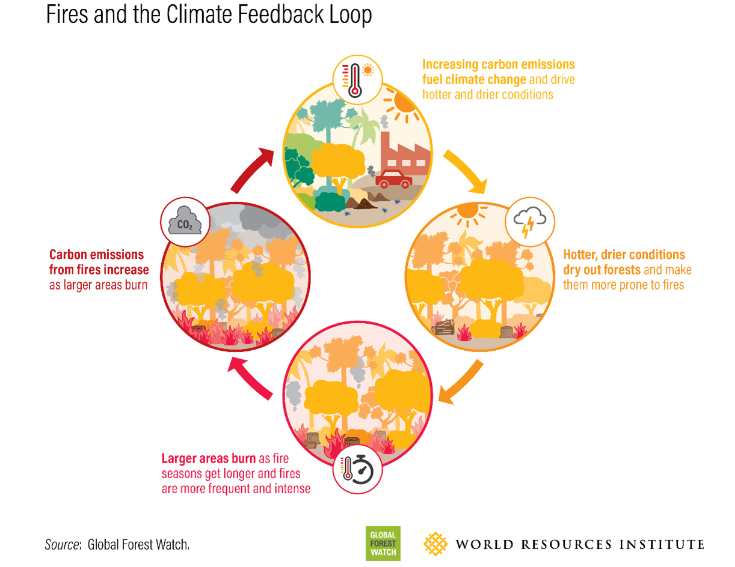
- High temperatures: The large majority, roughly 70%, of all fire-related tree cover loss occurred in boreal regions since northern high-latitude regions are warming at a faster rate contributing to longer fire seasons, greater fire frequency and severity, and larger burned areas.
- Vegetation: Dry deciduous forests, which receive low rainfall, and have nutrient poor soil are more vulnerable to fire compared to others (dry vegetation has been a major cause of fires in Australia).
Anthropogenic Causes
- Carelessness while smoking or using mosquito coil or candles or camp-fires,
- Arson or intentional,
- Tribal ritual/tradition,
- To ward off wild animals,
- Poor land & forest management,
- Conceal illegal timber cutting,
- Collection of minor forest produce by tribals,
- Burning of debris etc.
Impact of Forest Fires
Loss of natural resources
- Loss of natural vegetation & forest cover, degradation of water catchment areas by decreasing soil moisture, soil degradation due to repeated burnings etc.
- E.g. Forest fires now cause 3 million more hectares of tree cover loss each year than they did in 2001.
Impact on biodiversity
- Proliferation of exotic species: Fires create gaps in a forest, making the area vulnerable to invasions by exotic species. E.g. Cogon grass recovers quickly after fire, elbowing out biodiversity.
- Loss of Indigenous Vegetation: E.g. In the Himalayas, uncontrolled fires have made the situation less favourable for oaks to grow and more favourable for fire prone chir to grow.
- Loss of wildlife habitat and depletion of wildlife: E.g. Australia fires (2019-20) have displaced an estimated 3 billion animals.
Socio-economic impact
- Forest fires decimate plants & animals, destroy source of fodder, fuel, human settlements, and livelihood of local residents, threatening both human life and property.
Impact on Agriculture
- Frequent fire kills regeneration ability of the soil, thereby delaying the establishment of a new crop and extending the rotation.
Impact on Climate change
- Forest fires reverse carbon sequestration process, exacerbating global warming & climate change.
- Climate change alters forest boundaries and types, impact productivity, species population and migration, the occurrence of pests and diseases and the capacity for forests to regenerate.
Adverse Impact on Health System
- Forest fires are source of polluting smoke and noxious gases that may result in serious respiratory problems for humans.
Way Forward
- Prevention by breaking the ‘fire triangle’ composed of fuel, air/oxygen and ignition source.
- Improving forest resilience by halting deforestation and forest degradation.
- Advocate large-scale incentives and programmes to collect inflammable pines for use as fuel, or preparation of fire bricks.
- Capacity building of forest departments and other stakeholders
- Encourage local participation of tribal people/farmers. E.g. Van Panchayats.
- Use of corporate social responsibility funds for creating awareness campaigns on forest fires.
- Increased R&D in fire detection, suppression and fire ecology for better management of wildfires.
{GS3 – IE – Industry} Semiconductor Manufacturing
- Context (PIB): An announcement on two future design semiconductor fabless companies under the Semicon India Design Linked Incentive (DLI) scheme was made by the Minister of State for Electronics & IT.
- These two Karnataka-based future DESIGN semiconductor fabless companies have been providing a range of chipsets and solutions for communication and med-tech sectors.
- This holds great significance for the semiconductor industry in India.
For details, visit Semiconductor Manufacturing in India, What is ailing India’s Semiconductor Industry?
{GS3 – IE – Industry} Women in MSMEs
- Context (PIB): Women entrepreneurs play a significant role in India’s MSME sector, reflecting positively on employment, investment, and turnover.
Contribution of Women in MSMEs
- Women-owned MSMEs account for 20.5% of all Udyam Registration Portal (URP) registrations since July 1, 2020.
- They contribute 18.73% to employment and 11.15% to total investment within registered MSMEs, and their share in total turnover is 10.22%.
Contribution of Women in Informal Micro Enterprises (IMEs)
- Women-owned IMEs represent 70.49% of all registrations on the Udyam Assist Platform (UAP) since its inception in 2023, contributing 70.84% to employment.
Government Initiatives to Support Women Entrepreneurs
- Amendment to the Public Procurement Policy, 2018 mandates a 3% annual procurement from women-owned micro and small enterprises by Central Ministries/Departments/Undertakings.
- Credit Guarantee Scheme for Micro & Small Enterprises offers concessions for women entrepreneurs, including a 10% discount on annual Guarantee fees and an additional Guarantee coverage of up to 85%.
- Enhanced subsidies for women-owned MSMEs in trade fairs under the Procurement & Marketing Support Scheme.
- The SAMARTH initiative aims at skill and market development for women, offering training and support for participation in domestic & international exhibitions.
- 100% subsidy on ZED Certification costs for women-owned MSMEs under the MSME Sustainable Zero Defect Zero Effect Certification Scheme.
- MSME Idea Hackathon 3.0 for Women entrepreneurs.
- Entrepreneurship Skill Development Programme (ESDP) targets about 40% of its beneficiaries from weaker sections, including women, offering free participation for SC, ST, Physically Handicapped, and BPL participants.
- Mahila Coir Yojana (MCY) empowers women artisans in the coir sector with stipendiary training and encourages them to avail assistance under PMEGP.
{GS3 – IE – Resources} Strategic Disinvestment
- Context (TH): States welcome private investment but are reluctant to support strategic disinvestment of Public Sector Undertakings (PSUs).
|
Strategic Disinvestment vs Disinvestment
- Strategic disinvestment involves selling a substantial portion (up to 50% or a higher percentage) determined by the competent authority of the government’s shares in a CPSE + transfer of management control.
- Selling minority shares of Public Enterprises to another entity, be it public or private, is disinvestment. In this way, the government retains ownership of the enterprise.
- On the other hand, when the government sells majority shares in an enterprise, that is strategic disinvestment/sale. Here, the government gives up the ownership of the entity as well.
- In contrast to simple disinvestment, strategic sale is a kind of privatisation.
|
What are some of the CPSEs put up for strategic sale?
- The Cabinet Committee on Economic Affairs has approved strategic disinvestment of various CPSEs.
- Some of them include. (Only important ones covered)
- Bharat Petroleum Corporation Ltd.
- Alloy Steel Steel Plant, Durgapur.
- Salem Steel Plant.
- Bhadrawati units of SAIL.
- Indian Tourism Development Corporation (ITDC).
- Hindustan Petroleum Corporation Limited.
Why does the government opt for strategic disinvestment?
- Funds: The government employs strategic disinvestment primarily to obtain funds. These funds are channelled into financing various social sectors and developmental programs.
- Growth and development: Strategic disinvestment facilitates the infusion of private capital, advanced technology, and improved management practices into CPSE’s.
- Economic principle: In India, strategic disinvestment follows the economic principle that the government shouldn’t be in businesses where competitive markets are well-established.
{GS3 – IE – Taxes} Input Service Distributor Mechanism
- Context (NDTV): The Finance Bill 2024 has proposed to amend the definition of Input Service Distributor (ISD) and the manner of distribution of common credit using the ISD mechanism.
Who is an ISD?
- An Input Service Distributor (ISD) is a taxpayer that receives invoices for services used by its branches.
- It distributes the tax paid, known as the Input Tax Credit (ITC), to such branches on a proportional basis by issuing ISD invoices. The branches can have different GSTINs but must have the same PAN as that of ISD.
| Input Tax Credit refers to the tax already paid by a person at the time of purchase of goods or services and which is available as a deduction from tax payable. ITC is a mechanism to avoid the cascading of taxes. |
How does the ISD Mechanism work?
- For example, a company might have a head office in Delhi and several branch offices in other states. Since bills pertaining to specific services will be raised at the head office. Still, the services will be used by other branches as well; the head office can distribute input GST credit among different branches under this mechanism so that there is no blockage of credits for the branches.
- ISD mechanism enables proportionate distribution of credit of input services among all the consuming units.
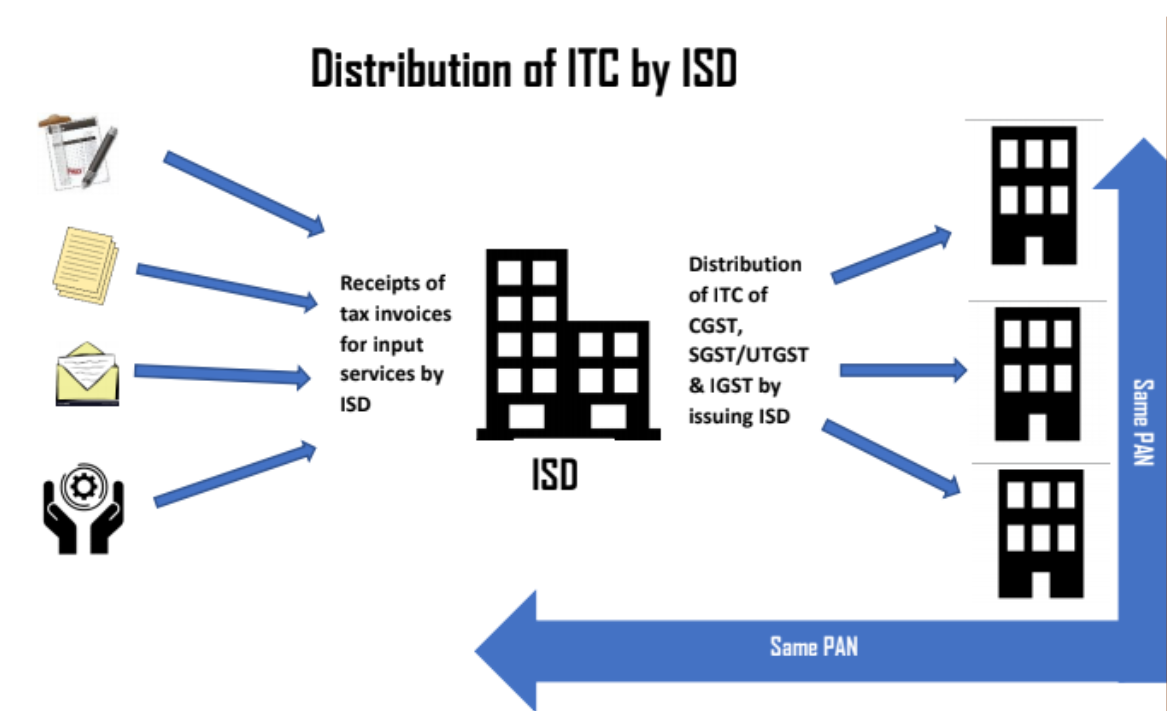
What is the issue?
- Issue: The existing provision of the ISD mechanism does not cover the methodology for the transfer of credit on those common input services on which tax has been deposited under the reverse charge.
- Therefore, businesses have adopted varied positions,
- Some have opted for periodic cross charge (weekly/monthly/annually) in respect of common services received at HO or a prominent branch.
- Some have opted for exclusive distribution of ITC.
- Some have opted for a hybrid approach of cross charging for some input services (typically internally generated services) and using the ISD route for some other services (typically third-party services).
What is the impact of the new amendment?
- The proposed amendment seeks to make ISD mandatory in respect of common input services received at HO or branch, which may also benefit its branches located in other States.
- Accordingly, the option to either opt for ISD or cross charge is expected to be done away with upon implementation of the proposed amendment.
{Prelims – Envi – Species} Aldabra Giant Tortoises (Aldabrachelys gigantea)
- Context (DTE): Aldabra giant tortoises have returned 600 years after they were wiped out to the wild in Madagascar.
- The Aldabra Giant Tortoise is the second-largest species of land tortoise in the world, after the Galapagos giant tortoise (Chelonoidis nigra).
- Habitat: It lives in open grassy areas with trees and bushes or scrub, and swampy mangroves.
- Physical description:
- They are dark gray to black in color with a highly domed, thick carapace.
- Aldabra tortoises are sexually dimorphic, meaning that there are differences in appearance between males and females.
- Males are considerably larger than females and have longer, thicker tails.
- Distribution: They are found on Aldabra Island. They were apparently introduced to Mauritius and the Reunion Islands.
- Diet: They are grazers and browsers, feeding mainly on grasses and woody plants. They may also eat faeces.
- Aldabra tortoises can reach ages of over 150 years.

Aldabra Islands
|
{Prelims – S&T – Defence} INS Sandhayak
- Context (TH | PIB): INS Sandhayak, the first Survey Vessel Large ship, was commissioned into the Indian Navy.
- ‘Sandhayak’ means the one who carries out a special search.
- 1st of the four ships of SVL Project under construction at Garden Reach Shipbuilders & Engineers.
- Role of the Ship
- To carry out full scale hydrographic surveys of ports, harbours, navigational channels/routes, coastal areas and deep seas, towards enabling safe marine navigation.
- Undertaking naval operations
- It is equipped with state-of-the-art hydrographic equipment including Deep & Shallow Water Multi-Beam Echo-Sounders, Autonomous Underwater Vehicle, Remotely Operated Vehicle, etc.
- The ship is propelled by two Diesel Engines and is capable of achieving speeds in excess of 18 knots.
- It has an indigenous content of over 80% by cost.
{Prelims – Sci – Bio – Diseases} Candida Auris
- Candida auris is a fungal infection that may lead to Candidiasis (a dangerous and potentially lethal disease).
- The first case of Candida auris was discovered in Japan in 2009.
- It is resistant to multiple antifungal medications, making it difficult to treat.
- The infection can stay on surfaces for at least two weeks as per a study, whereas Covid can only survive for three days.
- Target Population: People who are very sick, have invasive medical devices, or have long or frequent stays in healthcare facilities. In general, C. auris is not a threat to healthy people.
- Symptoms include fever, chills, and body aches.
- Treatment usually involves antifungal medications.





![PMF IAS Environment for UPSC 2022-23 [paperback] PMF IAS [Nov 30, 2021]…](https://pmfias.b-cdn.net/wp-content/uploads/2024/04/pmfiasenvironmentforupsc2022-23paperbackpmfiasnov302021.jpg)

